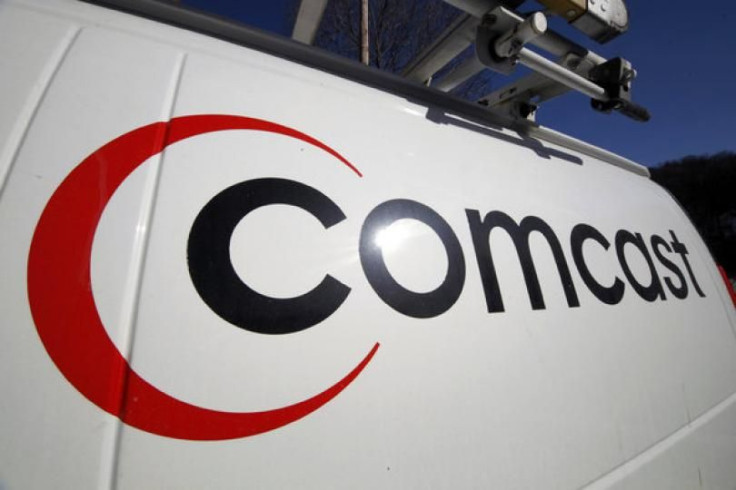Sorry, Chicken Little, The Sky Is Not Falling: Comcast Adds 89K TV Subscribers In Q4 2015

In yet another sign that the end is not so near for pay television, Comcast had its best quarter in eight years at the end of 2015, adding 89,000 TV customers from October through December. While most pay-TV companies see positive numbers in the fourth quarter, Comcast beat Wall Street’s expectations for the number of Q4 adds by 63,000.
The cable giant still lost 36,000 video subscribers for 2015 as a whole, but that’s actually a vast improvement over 2014, when 194,000 people fled; in fact, that’s the best full-year result in nine years for Comcast. The loss, too, represents fewer than 0.2 percent of the company’s total video subscribers. Even better for Comcast, the number of people signing up for double- or triple-play packages was up 68,000 from 2014.
The company pulled in $19.2 billion in the fourth quarter (for a total-year haul of $74.5 billion), an 8.5 percent increase from Q4 2014. Earnings per share in the quarter increased 79 cents, for an overall increase of $3.24 in 2015. That was just off the mark from analysts's expectations of 82 cents for Q4.
Comcast is the second large cable company of the earnings season to report fourth-quarter video subscriber growth. In its earnings report last month, Time Warner Cable said it added 54,000 video subscribers. And Charter Communications is expected to show video growth when it reports earnings on Thursday.
Comcast executives attributed this stanching of customer bleed to a few things: its sleek new X1 system that’s replacing the old set-top box, making it less attractive for subscribers to abandon ship; more “TV everywhere” options; and a 50 percent increase in the number of series for which it can show the customer a full season on-demand.
Those more extensive on-demand rights (i.e. being able to offer viewers more than just the last five episodes of a series) don’t come cheap. Add in the continued rise of programming costs — the company expects an increase of 10 percent in 2016 — and you're looking at some significant numbers.
Comcast is different from other cable companies, though. It owns NBCUniversal, one of the programmers that are currently charging providers more for content. What’s amusing about Comcast, then, is that its executives must bemoan how much networks are squeezing them, while at the same time praising the improved financial performance of those networks that is due, in part, to squeezing cable companies. Broadcast network NBC has increased the amount of money pay-TV providers pay it by 40 percent in the last year, and expects $800 million in revenue from those fees in 2016.
While that cost does gets passed on to the consumer, Comcast's customer additions would seem to indicate that people are willing to pay for the ability to watch what they want, when they want.
© Copyright IBTimes 2024. All rights reserved.






















